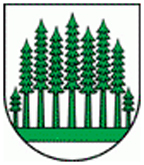
Courtesy of Joe Chabra
Courtesy of Joe Chabra, Jozef Joppa, & the Greek Catholic Archbishop of Presov
(Born in Starina)
by, Joe Chabra
This file requires that you have Adobe Reader installed on your computer in order to view the file.
The oldest recorded note of the village is from the year 1352, when King Ludovit I gave Zeman Vaclav, son of Paul from Petrovenca, possession between "Panstvom Stara Lubovna" and "Starinsky Les." From documents dating to the year 1366 in which King Ludovit I gave magistrate Jakubovi a forest territory to build two settlements under the new names of Stara and Plavec. Reports indicate that habitation existed from the year 1352. The actual village did exist before the 14th century or originated in the second half of the 14th century. Documents from the 15th century do not exist. The inhabitants left the village at the end of the 14th and beginning of the 15th century, and thus the village collapsed.
New inhabitants with "Soltysom", who was a wealthy landowner, did not settle there until the year 1505. The present "Soltysom" then sold the land to a new "Soltysom". The new village from the 16th century was then called "Starina." The name is derived from "Collapsed Village or Stara." Also the new village remained a possessive part of the monarch who ruled Plavec who was in ownership with the aristocrats "Horvatovcov." In the year 1600 the village had 12 houses. At the end of the 16th century, it was grown to a medium sized village.
Beside the working class peasants the only other people to reside in the village were the "Soltys." In the year 1787 the housing grew to 34 houses. In 1828 the number was at 53. In the 17th century "Starina" belonged to "Berzeviciovcom and Semsejovcom." In the 19th century "Salamonovcom" were the new owners of the village. The inhabitants were peasant farmers. In the 19th century the village had extensive and beautiful gardens. After 1918 jobs did not change. In 1938 the people of "Starina" joined the KSS movement which was becoming popular all over Czechoslovakia. It was the Komunisticka Strana Slovenska. The head of this group in Starina Mikulas Semancik. Some of the other people belonged to a Guerilla Brigade called "Gottwald." On October 14, 1944 the village was occupied by the German Army and was freed on January 19, 1945.
A revolutionary national committee was formed on January 29, 1945 with the chairman being Mikulas Semancik and the deputy chairman being Mikulas Solotruk. The secretary was Jan Murin. In the 1946 election the KSS won. From the 222 people that voted in total, 192 voted for the KSS. The Democratic Party received only 28 votes the Workers party received only 1 vote. In the year 1947 3 families left to move to Carpathia, Russia. The Unified Farmer's Cooperation was formed on October 8, 1952. It expired on October 15, 1953. It was again formed in 1975 and merged with that of UDOL.
After the year 1945 electricity was brought into the village. In 1959 radio speakers and outside lights were added. In 1958 the Jednota, which was the small grocery store, was built and in 1961 the cultural house was built. The firehouse was built in 1971, along with an addition of new houses with plumbing and sewer systems. Improvements were added to the roads and bridges and renovated the rivers and streams. The Church of St. Michael the Archangel, Greek Catholic Church was built in 1859 and remodeled in 1986.
Village Statistics
The names of Starina through the years
Administrative Data Registration (District)
Population of Starina
-
1787-227
-
1828-394
-
1869-431
-
1880-391
-
1890-337
-
1910-392
-
1921-376
-
1930-401
-
1940-394
-
1948-362
-
1961-321
-
1970-254
-
1980-166
-
1991-119
Housing
-
1921-80 houses
-
1991-50 houses
Michael Chanda 1920-2004 (Notable Millinery Designer)
Authored by, Steven M. Osifchin
Thank you to Rich Siegel and Jeannie Laub for providing information on Michael's life and career.
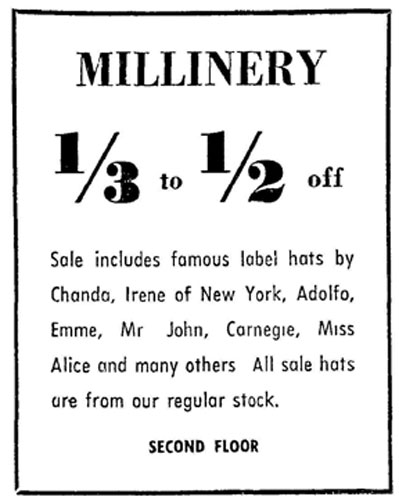
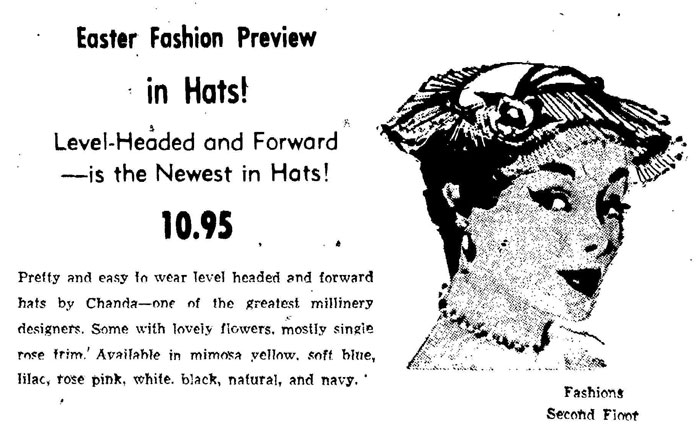
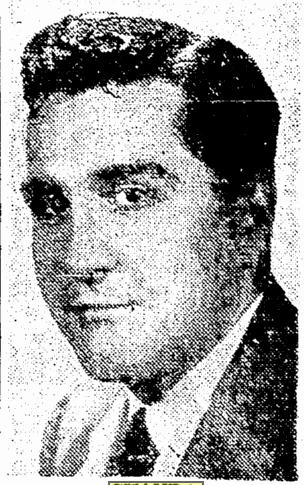
Michael Chanda immigrated to America in 1921 sailing on the S.S. Adriatic from Southampton on April 20, 1921. He traveled with his Mother Susanna and siblings Mary and John. The family arrived at the Port of New York on April 29, 1921. His brother John spent time in the hospital at Ellis Island and was later discharged. The family was joining husband and father Michael Chanda at 27 Kulick Street, in Clifton, New Jersey. It is noted that Susanna had previous immigration dates of 1908 and 1913 and her daughter Mary 1912 and 1913.
Michael was the son of Michael Chanda of the village Starina and Susan Hnat of the village Orlov. His parents had been in the U.S. between 1906 and 1908 and most likely married in Passaic, New Jersey. His sister Mary was born in Clifton New Jersey in 1911. Soon after Mary’s birth the family returned to Slovakia. Michael and his brother John were born in Starina.
On the 1930 Census the Chanda family was renting a home, #43 Kulik Street in Clifton. This was a two family property owned by Paul and Elizabeth Dopirak. The Chanda family’s birth place was listed as Czecho-Slovakia and the language they spoke was listed as Ruthenian. Michael Chanda, Sr. was employed as an ironworker at a foundry. Michael and his sons were naturalized citizens. Susanna was not naturalized. This was not uncommon for the women to not be naturalized.
Also residing with the family was their daughter Mary and her husband George Chanda. George had been born in New Jersey and was a letter carrier for the U.S. Postal System. George’s Chanda family was from the village of Maly Lipnik. This is a neighboring village to Starina and Orlov.
1945
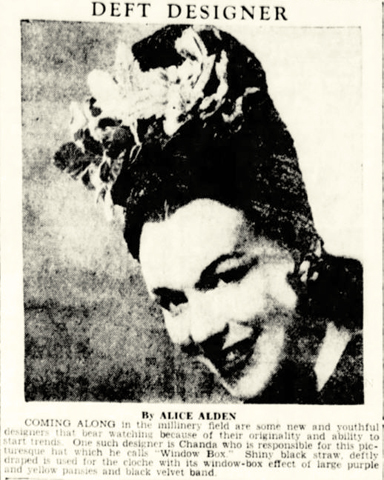
According to Michael his parents later operated one of the last working farms in Clifton, Passaic County, New Jersey. Upon his parents deaths Michael shared ownership of the farmland with his nephew. The land was later sold to developers. Presently there is an adult condominium community on the property called “Michael Chanda Arms”. The street that runs through the development is called “Chanda Court”.
Michael made a name for himself in the fashion industry from the 1940's through the 1960's. He apprenticed with Hattie Carnegie. He had no formal college training and went directly into business. He designed hats for the rich and famous women of the world, as well as selling two lines of ladies' hats to department stores and boutiques across the country.
Michael's upscale line was his signature Chanda hat line. His affordable line was under the name of Michael Roy. His full name was Michael Roy Chanda, and he alternated between being called Michael and being called Roy at various times in his life. Both lines were very successful and very well-known. His clients for his up-scale line included movie stars such as Joan Crawford. His business was located at several addresses early on but for most of its existence it was headquartered at 6 West 57th St in New York just a few doors off 5th Avenue.
Michael always valued being an artist more than a hat designer. He intended to have a second career as a visual artist. He left the millinery business as a young man, intending to dedicate the rest of his life to producing art and pursuing an art career. Instead he became a recluse, particularly after the death of his partner George Poniatowski, and while he produced a lot of art, he never made any in-roads into the art world. Michael painted, produced a lot of collages, and did some small sculpture pieces.
Michael passed away in 2004. He spent his final years still working between his homes in New York City and Middletown, New York.
Below is an excellent example of Michael’s craftsmanship.
This is a black brimmed hat by Chanda from the 1950-60's. The hat measures 9 1/2" from brim to brim on the outside x approx 2 1/2" high x 6 3/4" on the inside.
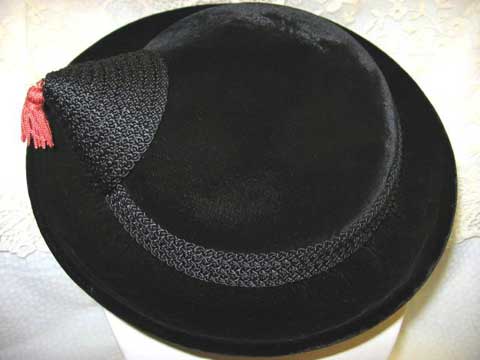
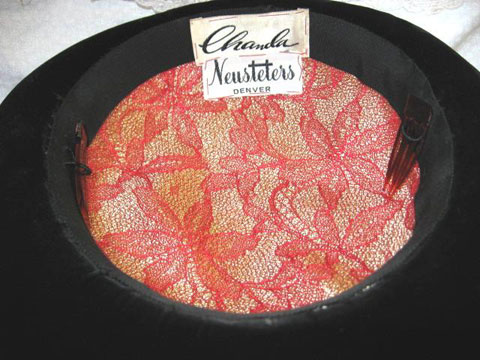
According to Julie Burton this hat belonged to her aunt who was always going to high society affairs and getting her picture in the Denver paper from 1930's-60's, so needless to say she had to dress accordingly & she also loved hats!
Chanda Hat Photos Courtesy of
Julie Burton
Ruby Lane shop Julie's Vintage Jewels



